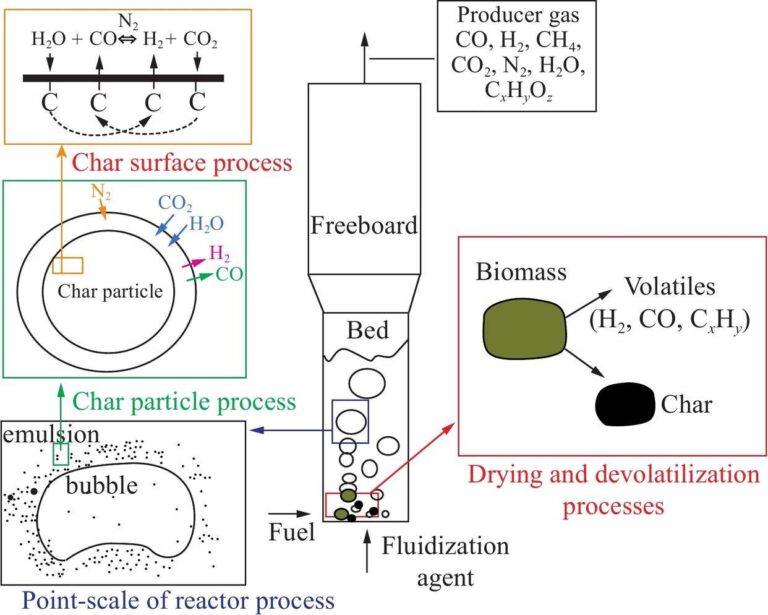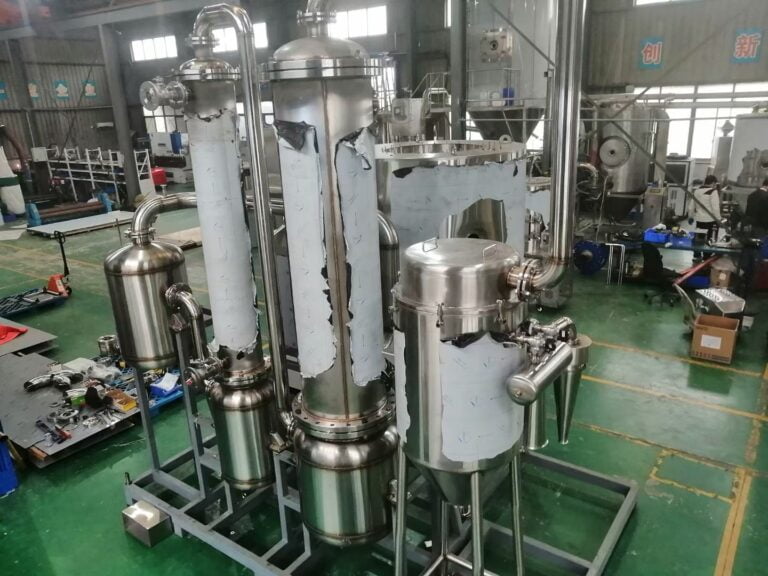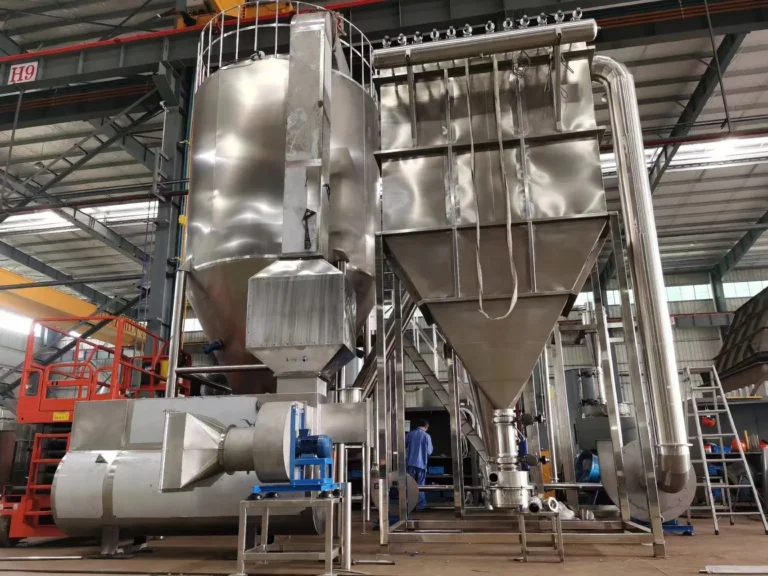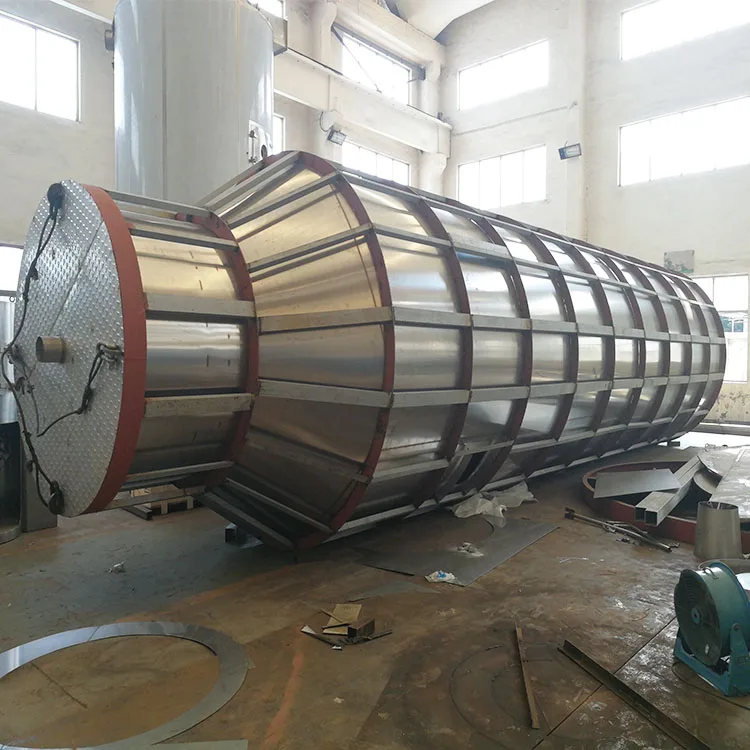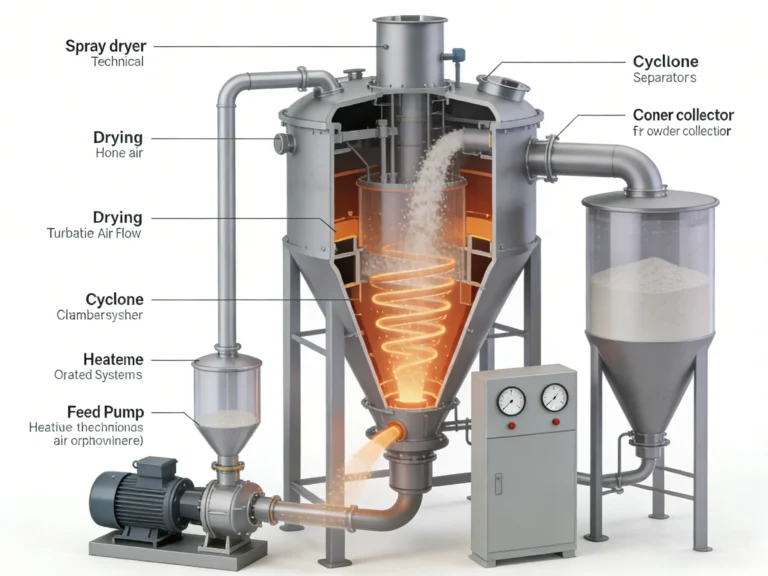什么是喷塔,它如何工作
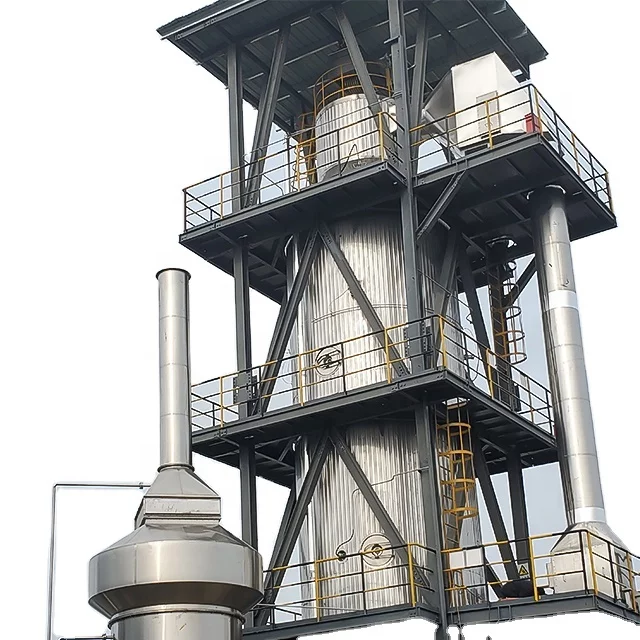
A spray dry tower transforms liquid or slurry into dry powder by spraying it into a stream of hot gas. This process works quickly, which helps protect heat-sensitive products from damage. Many industries rely on this method to create stable powders. The food industry uses it the most, followed by biological pesticides and pharmaceuticals.
行业 | Market Share (2023) | 笔记 |
|---|---|---|
食品工业 | Largest market share; includes powdered milk, 速溶咖啡, powdered food ingredients | |
Biological Pesticides | 25% | Significant share; fastest growing application |
药品 | Significant | Growing demand for drug powders and formulations |
化学品 | Not specified | Expected to double market value by 2035 |
生物技术 | Not specified | Notable contribution with growth projections |
化妆品 | Smaller share | Growing industry |
关键要点
A spray dry tower quickly turns liquids into dry powders by spraying them into hot air, protecting heat-sensitive ingredients.
Key parts include the feed system, atomizer, drying chamber, and powder collector, each ensuring efficient drying and powder quality.
The process involves preparing the feed, atomizing it into droplets, drying with hot air, and collecting the powder safely.
Spray drying offers fast, energy-efficient production of stable powders used widely in food, 药品, 和化学品.
Operators must manage challenges like powder sticking and moisture control to maintain high quality and smooth operation.
Spray Dry Tower Components
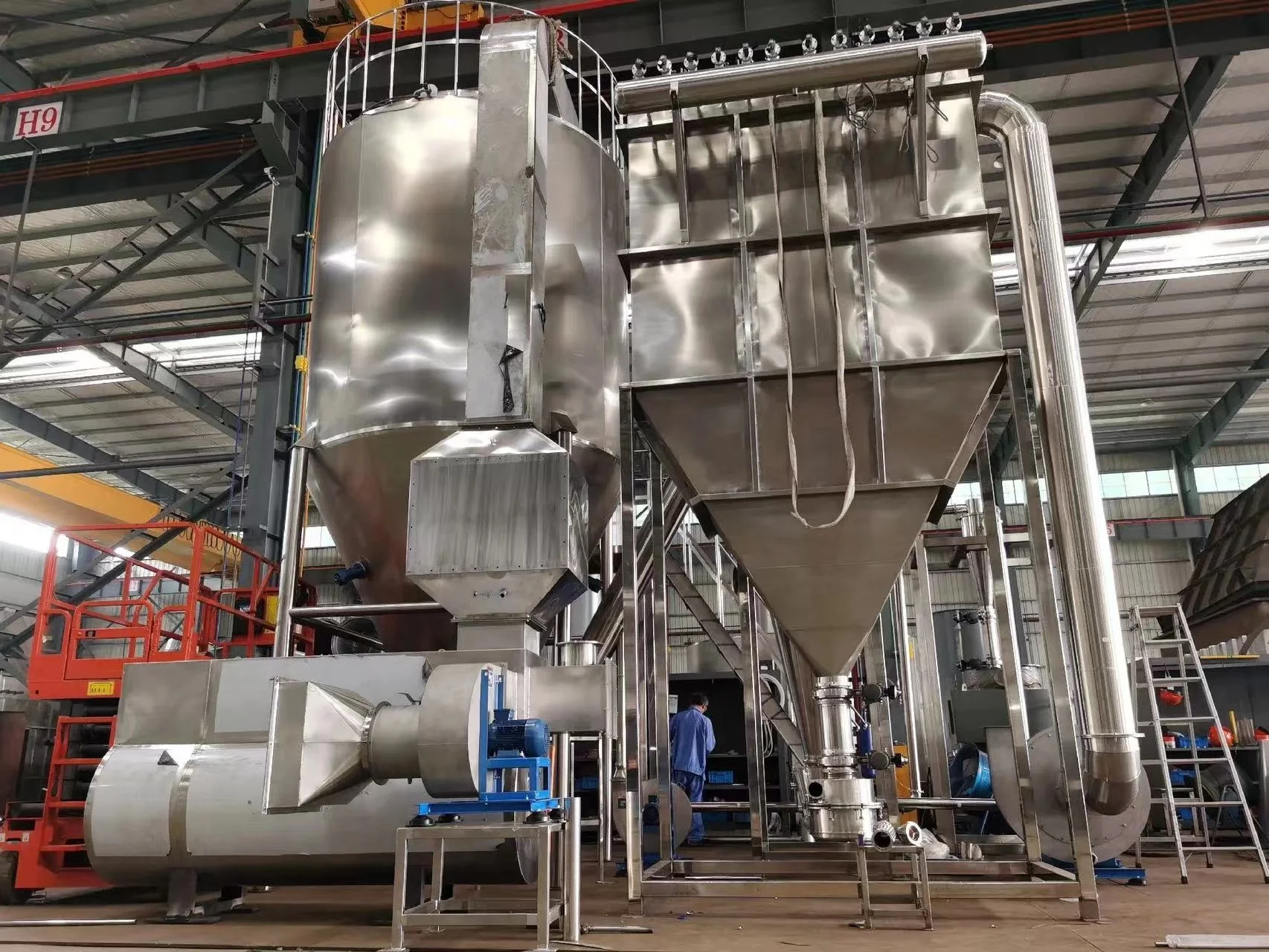
A spray dry tower contains several key parts that work together to turn liquid feed into dry powder. Each component has a specific function that helps the process run smoothly and efficiently.
Feed System
这 feed system delivers the liquid or slurry into the spray dry tower. Pumps move the feed from storage tanks to the atomizer. Preheaters or coolers adjust the temperature of the feed to match process needs. Standardization tanks help keep the feed uniform, which leads to consistent powder quality. The type of feed system affects how well the spray dry tower works. 例如, rotary atomizers handle heat-sensitive products and high volumes, while pressure nozzles work best for medium viscosity feeds. Two-fluid nozzles can process thick or sticky liquids by using compressed air.
Feed System Type | Typical Use Case | Impact on Efficiency and Quality |
|---|---|---|
旋转雾化器 | Heat-sensitive, high capacity | Uniform droplets, high throughput, good drying |
Pressure Nozzles | Medium viscosity, coarser particles | Handles medium feeds, affects particle size |
Two-Fluid Nozzles | Highly viscous feeds | Fine particles, better atomization, higher energy use |
Atomizer
The atomizer breaks the liquid feed into tiny droplets. 此步骤增加表面积, 这有助于水滴快速干燥. There are several types of atomizers:
雾化器类型 | 描述 | 优点 |
|---|---|---|
旋转雾化器 | Spins feed on a disc | Fine droplets, good for heat-sensitive |
Hydraulic Nozzle | High-pressure fluid flow | 可靠的, best for low-viscosity liquids |
Two-Fluid Nozzle | Uses liquid and gas streams | Controls droplet size, handles thick feeds |
Uses hot gas at low pressure | Low maintenance, rapid drying |
Each atomizer type suits different products and process needs. Rotary atomizers produce fine, uniform droplets but need more energy and maintenance. Two-fluid nozzles work well with thick feeds and allow good control over droplet size.
干燥室
这 drying chamber is where the sprayed droplets meet hot air. The chamber’s shape and size affect how well the droplets dry and the quality of the powder. Most chambers have a tall, cylindrical body with a cone-shaped bottom. Some use co-current airflow, which gently dries heat-sensitive materials. Others use counter-current flow to boost thermal efficiency. Internal baffles and guides keep air moving evenly, which prevents powder from sticking to the walls. Stainless steel construction and smooth surfaces help keep the chamber clean and safe.
笔记: 工程师使用 computer modeling to design chambers that dry droplets evenly and avoid hot spots. This helps keep powder quality high.
Powder Collector
The powder collector gathers the dry particles from the air. Cyclone separators are common because they spin the air and powder, causing the powder to fall out. Specially designed cyclones improve powder yield by increasing separation efficiency. High process temperatures help dry droplets faster and reduce powder loss on chamber walls. 然而, if the cyclone walls get too hot, powder can stick and lower the yield. Bag filters or other separators may also be used to catch fine particles and keep emissions low.
Cyclone separators boost powder collection by increasing particle speed.
Proper air flow and temperature control improve powder yield and quality.
它是如何运作的
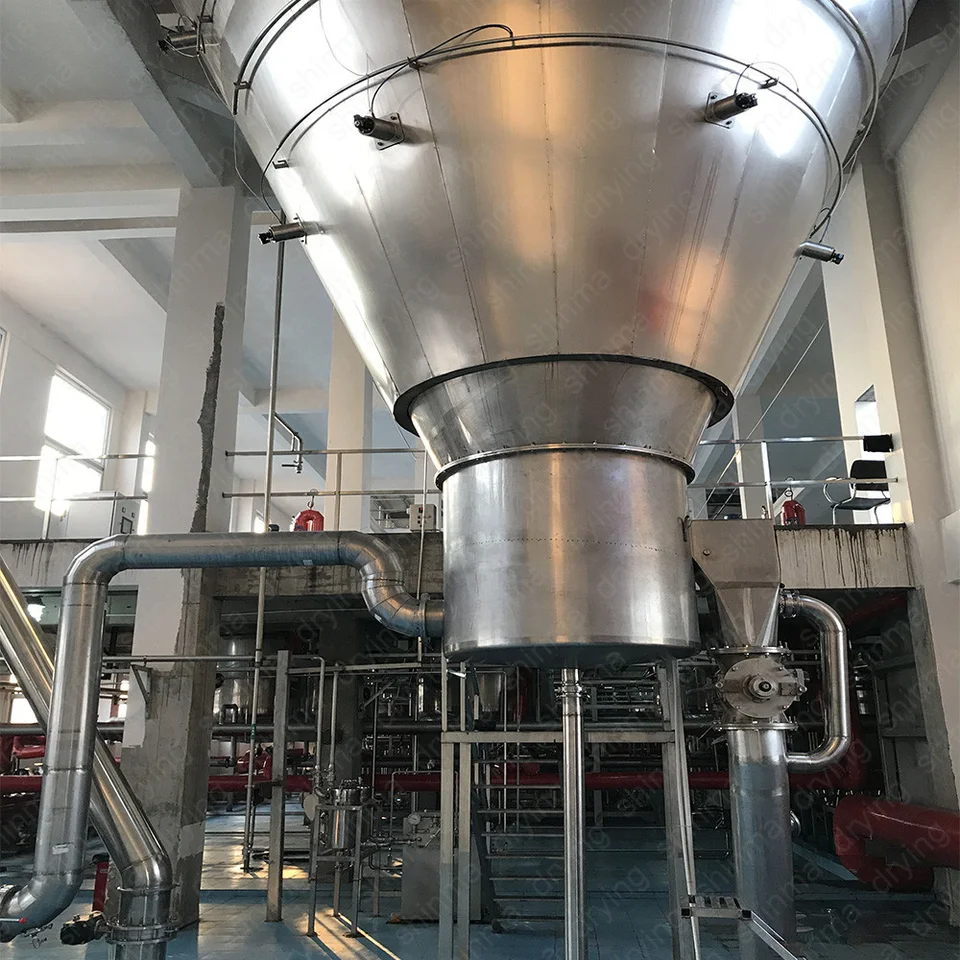
A spray dry tower uses a series of steps to turn liquid feed into dry powder. Each stage plays a key role in making sure the final product has the right quality and properties.
饲料准备
Operators start by preparing the feed. They make sure the liquid or slurry is clean, uniform, and free of contaminants. The feed must have the right concentration and viscosity so it can move easily through the system.
Key parameters in this step include:
Atomization pressure, which affects the size of the powder particles.
Inlet air temperature, which changes how the powder flows and dissolves.
Feed flow rate, which controls how fast the liquid enters the spray dry tower.
Carrier materials, such as maltodextrin or mannitol, which help shape the powder and improve drying.
These factors work together to create a feed that will dry efficiently and produce powder with the desired size, 水分含量, and flowability.
雾化
下一个, the feed enters the atomizer. 这 atomizer breaks the liquid into tiny droplets. The type of atomizer—rotary, pressure nozzle, or two-fluid nozzle—determines the size and uniformity of these droplets.
Atomization is a critical step because:
Smaller droplets dry faster and more evenly.
The droplet size distribution affects the uniformity and quality of the final powder.
Advanced atomizers can create droplets with a narrow size range, leading to more consistent powder.
If the droplets vary too much in size, the powder will have uneven particles. Uniform droplets help create powders that dissolve quickly and have a smooth texture.
干燥工艺
The atomized droplets move into the drying chamber. 这里, they meet a stream of hot air or gas. The hot air causes rapid moisture evaporation from the droplets.
Several factors influence how well this step works:
Inlet air temperature and humidity control how fast water leaves the droplets.
Air velocity and spray pattern affect how much heat and mass transfer occurs.
Smaller droplets have more surface area, which speeds up evaporation.
As the droplets dry, they shrink and form hollow or solid powder particles. The quick drying process protects heat-sensitive ingredients, such as vitamins or proteins, from damage.
笔记: Engineers adjust the nozzle arrangement and tower height to improve drying efficiency and ensure even heat distribution.
粉末系列
干燥后, 这 powder particles separate from the air. Cyclone separators spin the air, causing the powder to fall out. Bag filters or other devices catch any fine particles that remain.
The collection system ensures:
High powder yield with minimal loss.
Clean air leaves the spray dry tower, reducing pollution.
The powder stays dry and free from clumps.
Operators may cool the powder before packaging to keep it stable and safe for storage.
Step-by-Step Summary of the Spray Drying Process:
Prepare the feed to ensure it is clean, uniform, and pumpable.
Atomize the feed into fine droplets using the chosen atomizer.
Dry the droplets rapidly in the hot air chamber, forming powder particles.
Collect the dry powder using cyclone separators and filters.
(Optional) Cool and package the powder for storage or shipping.
A spray dry tower offers a fast, efficient way to make uniform powders, especially for heat-sensitive products. The process creates powders with controlled size, 形状, 和水分含量, making them easy to handle and use in many industries.
Advantages and Limitations
好处
Spray dry towers offer several important benefits for manufacturers and product developers.
They dry liquids or slurries quickly, turning them into free-flowing powders.
The process works with many types of feed materials, including solutions, 悬浮液, and emulsions.
Spray dry towers can handle both small and large production volumes, making them suitable for different business sizes.
The powders produced have a long shelf life and are easy to transport.
These systems serve many industries, such as food, 药品, 和化学品.
Many spray dry towers use advanced atomization and automatic controls. These features help operators achieve efficient drying and save energy.
Equipment design focuses on energy savings and high production efficiency.
Manufacturers can choose from different configurations to match their needs.
Spray dry towers support continuous production, which helps with large-scale operations.
The equipment cost is often lower than that of freeze-drying systems.
Advanced heat recovery systems in spray dry towers can 最多保存 74% of thermal energy. Some designs use enthalpy wheels, which recover up to 88.4% of heat, reducing both energy use and costs. Automation and control systems also help lower labor costs and improve sustainability.
特征 | Spray Drying Advantages |
|---|---|
Drying Time | |
生产能力 | High capacity with continuous production |
Equipment Cost | Relatively lower equipment cost |
产品质量 | Fine, spherical particles with good flowability |
Applicability | Suitable for most pumpable liquid materials |
可扩展性 | Easily scalable for small or large-scale production |
Drawbacks
Spray dry towers also have some limitations and challenges.
Wall sticking and high moisture content can occur if the system does not heat or evaporate enough. Operators may need to raise the hot air temperature to fix this.
Powder loss can happen if separators become damaged or blocked.
Nozzle vibration may result from residue buildup or mechanical issues, which can affect droplet formation.
Operators often find it hard to control particle stickiness and agglomeration. Small powder particles may not flow well or dissolve quickly, so extra processing steps are sometimes needed.
Monitoring the drying process can be difficult because sampling inside the chamber takes time and effort.
Limited control over air humidity inside large dryers makes it hard to fine-tune powder properties.
Spray dry towers work best with single materials and require careful operation and maintenance. Wall deposits and fouling can reduce efficiency and product quality. High air speeds can increase these problems, making it important to balance drying speed and powder quality.
Manufacturers must manage these challenges to keep the process efficient and the powder quality high.
Spray Dry Tower Applications
食品工业
Spray dry towers play a major role in the food industry. They help turn liquid foods into stable powders. Many companies use this process to make products such as 牛奶, 速溶咖啡, powdered soup mixes, and drink mixes.
Powdered eggs, cheese sauces, and flavorings also come from this technology.
Spray drying keeps food safe by removing moisture, which stops spoilage.
The powders last longer and do not need refrigeration.
People can easily reconstitute these powders by adding water or milk.
The process preserves nutrients and flavors, making the powders high quality and safe for transport.
Spray dry towers allow food producers to control particle size and reduce heat damage, which helps keep food fresh and nutritious.
药品
Pharmaceutical companies use spray dry towers to create fine powders from liquid solutions. This method helps make active pharmaceutical ingredients (蜜蜂) and excipients with precise particle sizes.
The process starts with careful material handling and mixing in controlled environments.
Operators atomize the liquid feed and dry it in heated chambers.
Cyclone separators collect the powder, which then goes through sifting and packaging.
Facilities follow strict standards for cleanliness and safety, such as cGMP.
The technology supports the production of medicines that need gentle drying, like thermolabile drugs.
Spray drying in pharmaceuticals ensures product stability, sterility, and consistent quality. Automation and dust control systems help protect both products and workers.
Industrial Uses
Many industries outside food and pharmaceuticals rely on spray dry towers.
这 automotive, 力量, and aviation sectors use spray drying for materials like ceramics and chemicals.
Leather, garments, and packaging industries benefit from powder coatings made by this process.
肥料, pulp and paper, and plastics manufacturers use spray dry towers to produce powders for their products.
Data centers, engine testing rooms, and wire storage areas also use powders made by spray drying for specific technical needs.
Industrial spray drying towers can handle a wide range of production capacities. Some towers evaporate only a few kilograms of water per hour, while large systems can process up to 2,000 公斤每小时. Detergent powder production lines often reach or exceed 1 ton per hour, supporting annual outputs of up to 25,000 tons.
A spray dry tower transforms liquid feeds into dry powders by atomizing droplets and drying them with hot air. This process saves extra drying steps and creates powders with controlled size and moisture. Industries like food, 药品, and chemicals rely on spray drying for safe, 高品质的产品. Professionals benefit from understanding spray drying because it helps maintain product safety, meet regulations, and improve efficiency. Consumers also gain from the longer shelf life and better quality of spray-dried goods.
常问问题
What products can a spray dry tower make?
A spray dry tower can make powdered milk, 速溶咖啡, baby formula, medicine powders, and detergents. Many companies use it to create powders that dissolve easily in water.
How does a spray dry tower help heat-sensitive products?
The spray dry tower dries liquids very quickly. This fast process protects vitamins, proteins, and other heat-sensitive ingredients from damage.
Is spray drying safe for food and medicine?
Spray drying uses clean, controlled air and equipment. Operators follow strict safety rules. This keeps food and medicine powders safe and high quality.
Why do powders from spray dry towers dissolve so well?
The spray dry tower creates small, 均匀颗粒. These particles have a large surface area. Water can reach all parts of the powder, so it dissolves quickly.
Can a spray dry tower handle thick or sticky liquids?
是的. Special atomizers, like two-fluid nozzles, can process thick or sticky feeds. These atomizers break the liquid into fine droplets for even drying.

